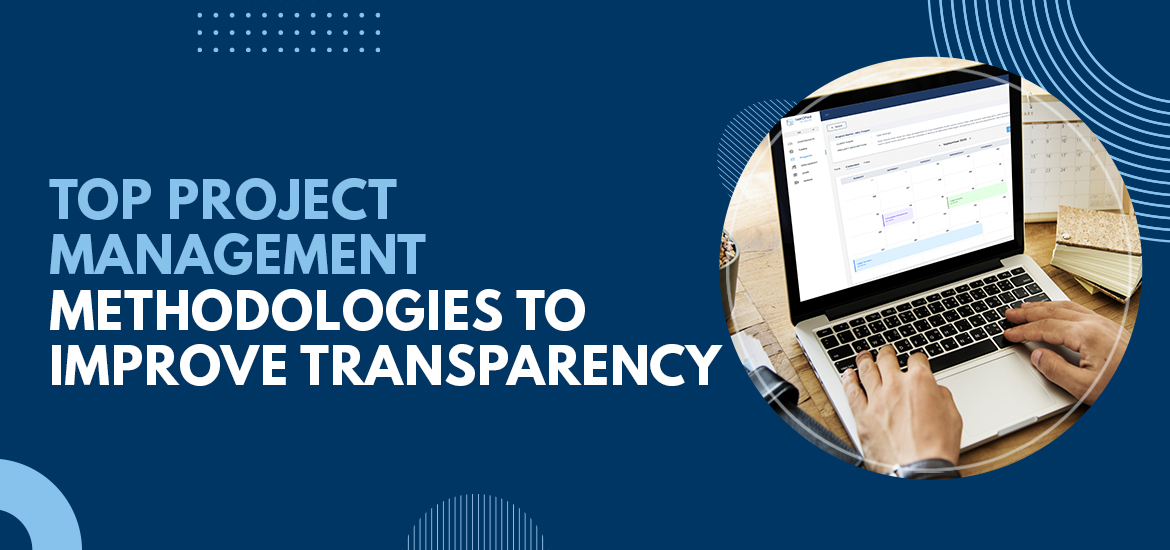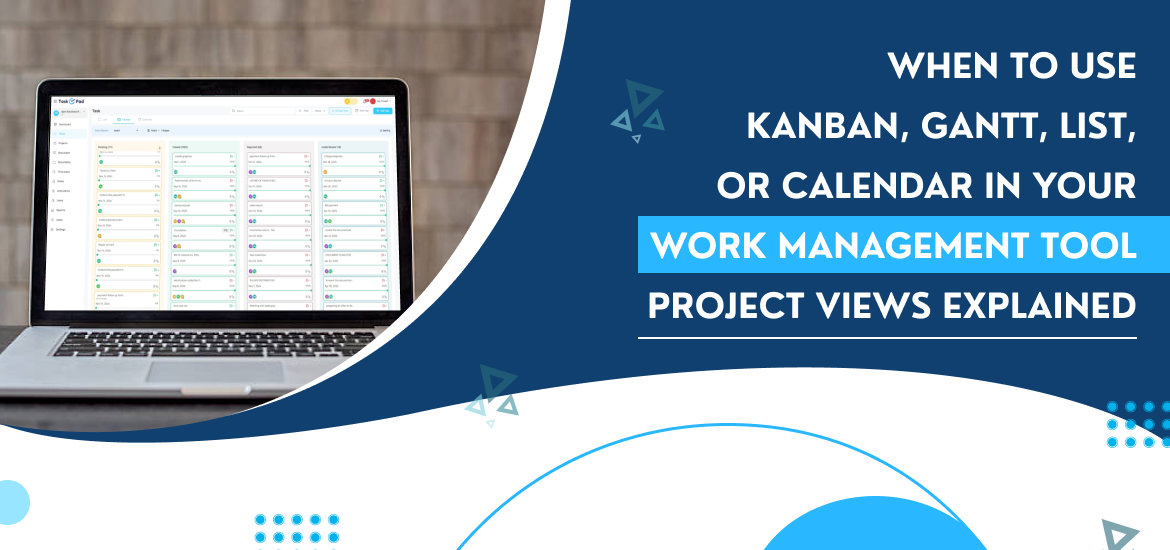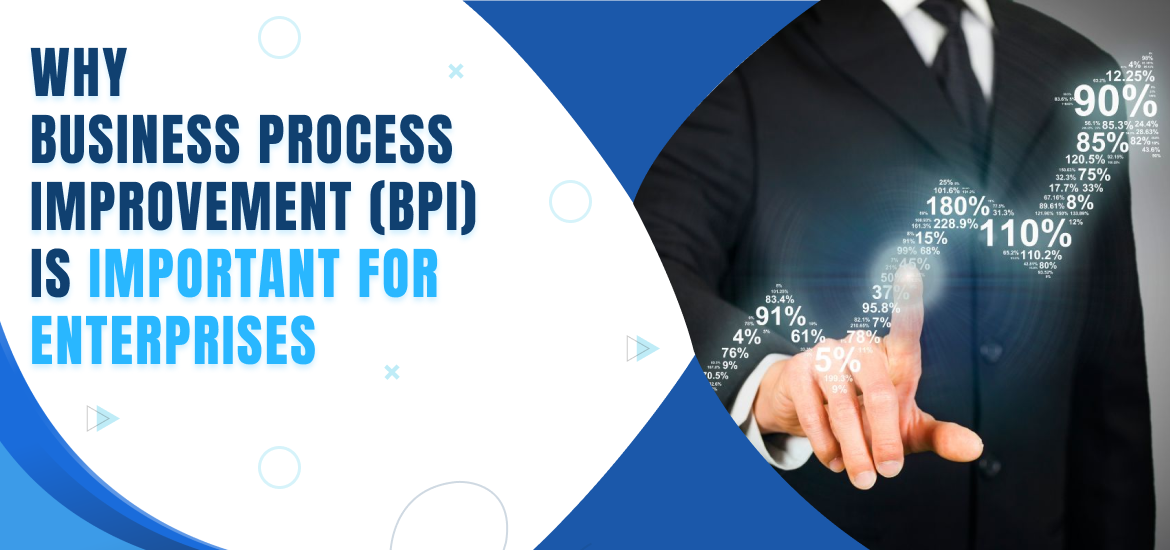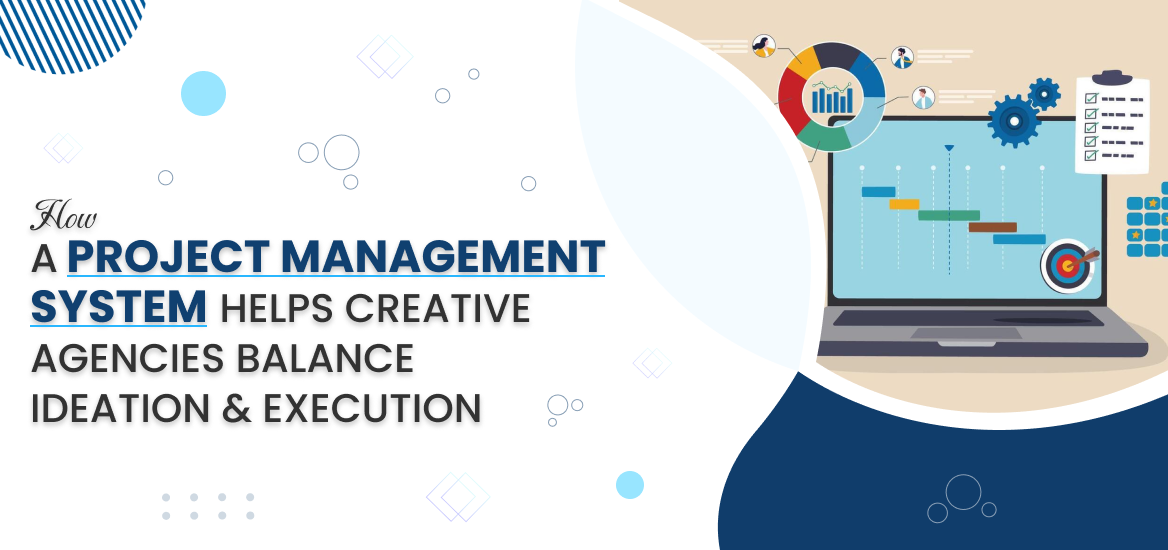
Project Management App
How a Project Management System Helps Creative Agencies Balance Ideation and Execution
Sep 30th, 2025
Creativity is the lifeblood of a creative agency. It makes a brand stand out. It’s the difference between good and great. But creativity can also be messy. It loves free-flowing ideas. It thrives on spontaneous brainstorming, and lives in a “what if” world. This beautiful chaos often clashes with reality. Reality means budgets, deadlines, and client demands.
The struggle is real. It’s a constant tension between ideation and execution. An agency has a brilliant whiteboard session. How do they turn it into a perfect campaign rollout? This is where a project management system comes in. It doesn’t stifle creativity, and gives it a strong framework. It lets creativity flourish. Think of a film director. They don’t write the script. They don’t act in the movie. But they orchestrate everything. They bring the vision to life. They do it on time and within budget.
Ideation vs. Execution
The creative process begins with a spark. A team huddles together. They have a problem to solve. Ideas fly. This is the ideation phase. It’s exhilarating and unstructured. Everyone thinks big, and there are no constraints. The goal is to generate many concepts.
Then, the mood shifts. The best idea is chosen. It needs to be made real. This is the execution phase. It demands discipline. It requires clarity, and needs collaboration. It’s about turning that brilliant concept into a tangible asset—be it a brand identity, a social media campaign, or a video ad. The free-flowing brainstorm is gone, and now it is replaced by a Gantt chart, a task list, and a series of deadlines.
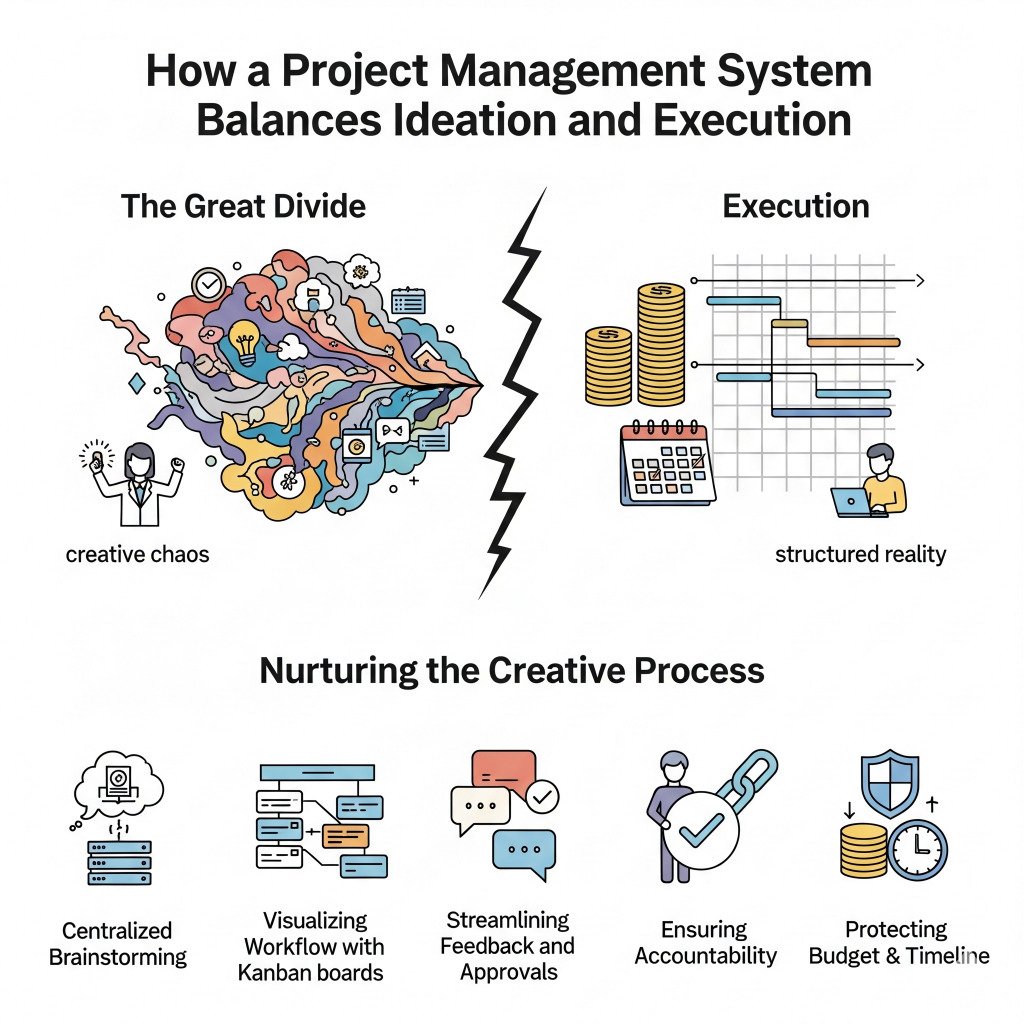
Without a structured system, the transition is jarring. It’s inefficient, and ideas get lost. Tasks are often forgotten, deadlines are missed. A recent study by the Project Management Institute (PMI) found that inefficient communication is the number one cause of project failure. This is especially true for creative teams. Miscommunication leads to creative mistakes.
A project management system, like TaskOPad, bridges this gap. It creates a seamless flow, goes from the initial idea to the final deliverable, and keeps the creative vision intact. It meticulously manages all the practical steps.
How a Project Management System Nurtures the Creative Process
Centralized Brainstorming and Idea Management
The first step is to capture great ideas. A project management system acts as a central hub. It stores all your creative concepts. Instead of scattered notes, whiteboards, or emails, all ideas are in one place. They can be documented and categorized.
- Example: A team brainstorms an ad campaign for coffee. One person suggests a “morning ritual.” Another proposes “coffee-as-fuel.” A third suggests a funny take on “caffeine cravings.” These ideas are logged in the system. They become tasks or notes. You can attach mood boards, links, and sketches. This ensures no idea is lost. The final concept has a clear history. Platforms like TaskOPd allow attaching files and collaborating simply. The process becomes intuitive.
This structure doesn’t stifle creativity. It organizes it. It allows for a more focused review. The team can choose the best idea. They move forward with clarity.
Visualizing the Creative Workflow
Creative work is visual. A project management system with Kanban boards is a game-changer. These tools let teams see a project’s progress instantly. They can track a task from “Ideation” to “Client Review” to “Final Delivery.”
- Example: A graphic design team builds a new website. They can set up a Kanban board. Columns are “Wireframing,” “UI/UX Design,” “Development,” and “Testing.” As tasks are done, they move to the next column. The creative director sees everything. They know what’s in the pipeline. They know what’s in progress. They know what’s stuck. This visual representation is transparent. It finds bottlenecks early. It’s a better way to manage creative flow. It beats using a static spreadsheet.
Also Read – 7 Effective Tips To Improve Your Workflow Management
Streamlining Feedback and Approval Cycles
Feedback is a big time sink. Creative agencies face endless back-and-forth. Emails with attachments are chaotic. Comments get scattered across documents. Lack of version control is a problem. It all leads to frustration. A project management system centralizes this process.
- Example: A copywriter drafts a new blog post. They don’t email it. They upload it to the system instead. The client and director can give feedback there. They highlight specific sentences. They leave comments directly on the document. Version history ensures everyone has the latest draft. Approval is just a click away. This cuts down on revision time. Feedback is targeted and easy to use. A platform like TaskOPad can manage these revision cycles. It handles client communication seamlessly.
Ensuring Accountability and Managing Resources
Creatives often love autonomy. But a lack of accountability can cause missed deadlines. A project management system is clear. It defines who is responsible for what and when. This isn’t micromanaging creativity. It manages the practical parts of the project.
- Example: A video production project has many tasks. They are assigned to specific people. The copywriter writes the script. The illustrator storyboards. The videographer films. The post-production specialist edits. Each person knows their role. They know their deadline. The project manager sees the overall progress. They can see if a team member is overloaded. They can see if a task is behind. This clarity reduces stress. Creatives can focus on their work. They don’t worry about the logistical details.
Also Read – How to Use a Task Management System to Achieve Your Personal and Professional Goals
Protecting the Creative Budget and Timeline
Creative freedom is vital. But it has limits. It must stay within the budget. It must hit the timeline. A project management system tracks time and expenses. This keeps the project financially sound.
- Example: A social media campaign has a set budget. The system tracks hours spent. It counts hours for designers, writers, and strategists. A creative concept is taking too long to execute. The project manager sees this in the time logs. They can make a decision. They can adjust the scope. Or they can change the approach. This data-driven approach protects profitability. It still delivers great creative work. A 2023 Workfront report states that 42% of marketing teams still use spreadsheets. This leads to inefficiency and budget overruns. A specialized system is no longer optional. It’s a necessity.
Also Read – How to Choose the Best Task Management Software for Your Digital Marketing Agency
Bridging Technology and Creativity
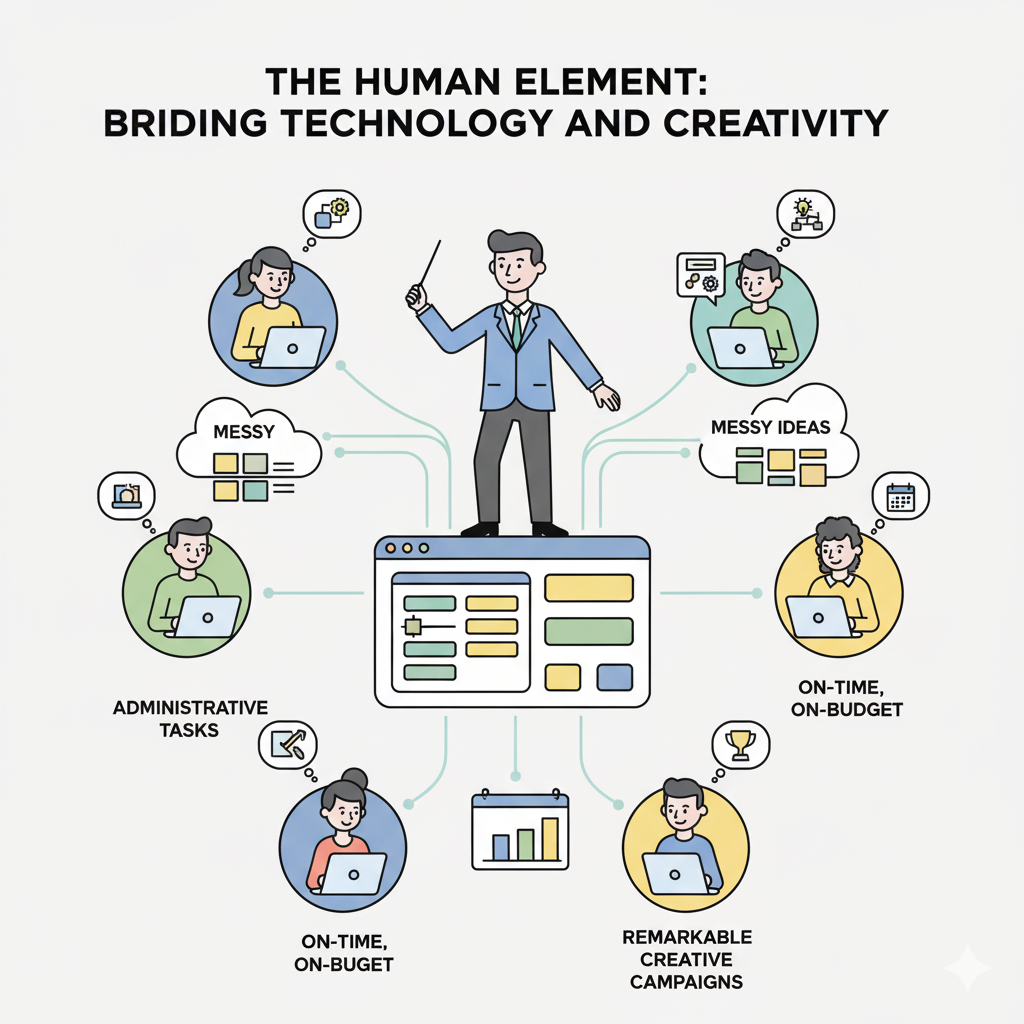
A project management system is a tool. It’s not a replacement for human interaction. The goal is to free up creatives. This lets them do what they do best: create. It removes administrative burdens. The system improves communication. It doesn’t replace it. Regular meetings are still crucial. Stand-up sessions, brainstorms, and one-on-one check-ins remain. The system provides a single source of truth. All conversations can refer to it.
A great system helps a creative agency. It moves beyond talented individuals. It becomes a well-oiled machine, and consistently delivers brilliant work. On time and within budget. It balances the “what if” of ideation with the “how-to” of execution. It turns creative chaos into creative success, and allows owners and managers to be conductors. They ensure every section plays its part perfectly. They create a symphony of remarkable campaigns.
Platforms like TaskOPad are built for this purpose. Book your free demo for TaskOPad now to transform your workflow.
Search by posts
Search by posts
Recent posts
10-31-2025
Work Management Software
When to Use Kanban, Gantt, List, or Calendar in Your Work Management Tool – Project Views Explained
10-30-2025
Project Collaboration Software
